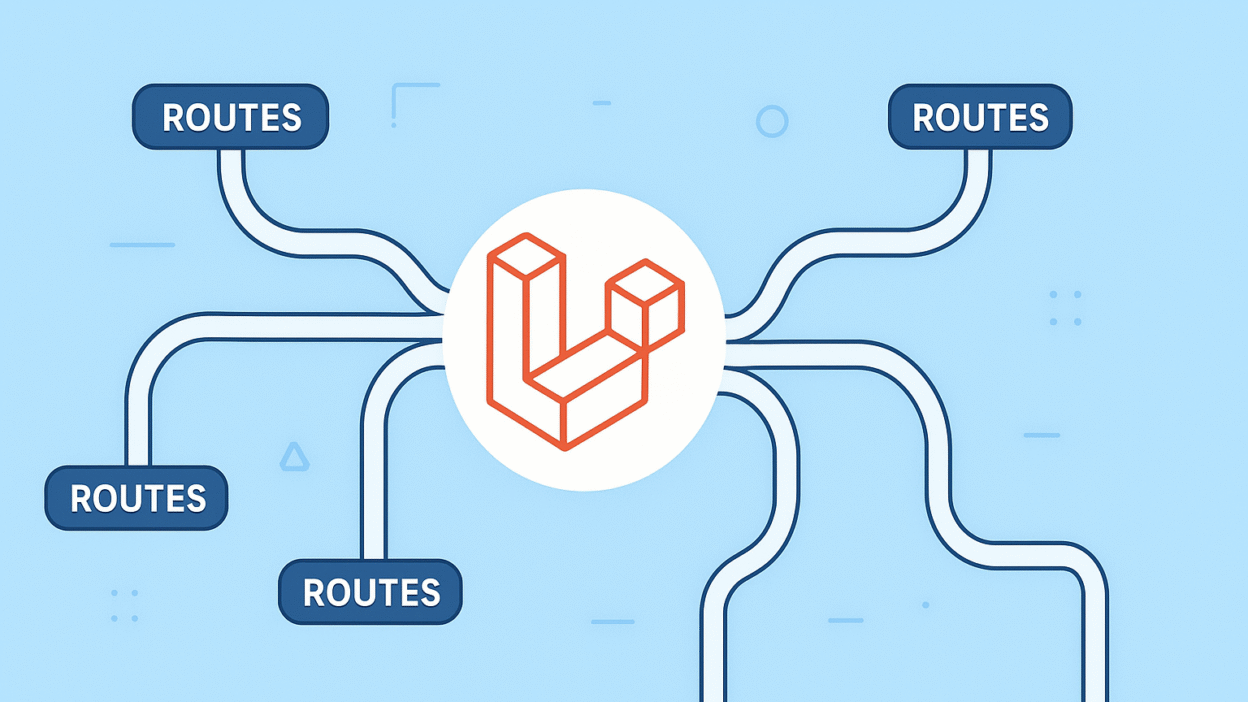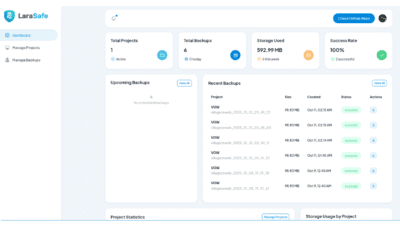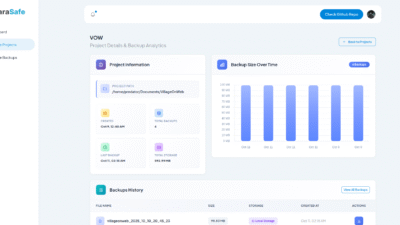Introduction
Routing is one of the most important aspects of any web application, and Laravel makes it both powerful and beginner-friendly. Whether you’re just starting out or already building complex apps, understanding how Laravel routes work will help you structure your project better, handle requests efficiently, and keep your code clean.
In this guide, we’ll cover Laravel routing from basics to advanced concepts like route groups, middleware, and model binding, complete with examples.
What is Routing in Laravel?
In simple terms, routing is how Laravel decides which function or controller should respond when a user visits a particular URL.
For example:
Route::get('/welcome', function () {
return 'Hello, Laravel!';
});
When a user visits /welcome, the message “Hello, Laravel!” will be displayed.
Types of Routes in Laravel
1. Basic Routes
Laravel supports routes for different HTTP methods such as GET, POST, PUT, and DELETE.
Example:
Route::get('/about', function () {
return view('about');
});
Route::post('/contact', function () {
// handle form submission
});
2. Routes with Parameters
You can capture values from the URL and use them in your function.
Route::get('/user/{id}', function ($id) {
return "User ID: " . $id;
});
Optional parameters are also supported:
Route::get('/profile/{name?}', function ($name = 'Guest') {
return "Profile of " . $name;
});
3. Named Routes
Named routes make it easier to generate URLs and redirects.
Route::get('/dashboard', function () {
return view('dashboard');
})->name('dashboard');
$url = route('dashboard');
4. Route Groups
Route groups allow you to apply common settings like middleware, namespaces, or prefixes to multiple routes.
Example with prefix:
Route::prefix('admin')->group(function () {
Route::get('/users', [AdminController::class, 'users']);
Route::get('/settings', [AdminController::class, 'settings']);
});
This makes URLs like /admin/users and /admin/settings.
5. Middleware with Routes
Middleware is used to filter requests before they reach the route.
Example:
Route::get('/dashboard', function () {
return view('dashboard');
})->middleware('auth');
Here, only authenticated users can access the dashboard.
Route Model Binding
Model binding is one of Laravel’s most powerful routing features. Instead of manually fetching models from IDs, Laravel can automatically fetch them for you.
Implicit Model Binding
Route::get('/user/{user}', function (App\Models\User $user) {
return $user->name;
});
If you visit /user/1, Laravel will automatically fetch the user with ID 1.
Explicit Model Binding
You can also customize which column Laravel should use:
Route::get('/post/{post:slug}', function (App\Models\Post $post) {
return $post->title;
});
Now, /post/hello-world will fetch the post with slug = hello-world.
Fallback Routes
Sometimes you want to handle invalid URLs gracefully.
Route::fallback(function () {
return view('404');
});
Best Practices for Routing
- Keep routes clean and use controllers for logic.
- Use route groups for admin/user separation.
- Always name routes for easy maintenance.
- Use model binding instead of manually querying.
- Use middleware for security.
Conclusion
Routing is the backbone of every Laravel application. By mastering basic routes, groups, middleware, and model binding, you’ll be able to build scalable and maintainable apps with ease.
If you’re just starting with Laravel, focus on basics first, then gradually move to advanced features like route groups and binding. This approach will give you confidence to manage any application.



![SQLSTATE error in Laravel,Laravel database error fix,Laravel SQLSTATE[23000],Integrity constraint violation Laravel,Laravel foreign key error,Fix duplicate entry Laravel](https://sudhirinsights.com/wp-content/uploads/2025/09/sqlerrors-400x225.png)

